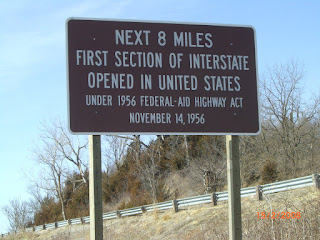
Interview with Robert Bly,
by Øivind H. Solheim
ØS: I noticed that somewhere you say that the realistic plays show Ibsen’s talent, but Peer Gynt shows his genius.
RB: There is a range of it, you know, the joy of the whole thing. – Geniuses are known to be very playful, and that doesn’t come too much out in the plays in the living room.
This is the last play where he I rejoicing in his own genius before he goes and does the plays that they want from him. This is Ibsen’s masterpiece, yes I think so, then it was a great joy for me to do it.
It was commissioned 20 years ago by a producer in New York, then he ran out of money – and the first act is remained there. Mark Rylance heard about it- he ran the Globe theatre for 20 years, he wrote to the Guthrie’s and said: I want to commission this to Robert Bly, and I’ll come over and play the lead, they said: Oh wah! We’ll do it!
ØS: 20 years ago you did the first act. – Had you been taken by Peer Gynt also before that
before the Men's Gatherings? I can see many parallels between Peer Gynt and the Men’s Mouvement.
RB: That didn’t happen to me. I didn’t have in mind people that were joyful like Peer Gynt. I had in mind all sorts of men who were depressed, lonely and in bad shape. So those are the ones that I try to help with Iron John. And I told them – well going up there, it could be called in six stages. And people, men could come to me and say to me, well I am stuck in the second stage for 30 years. So that’s the kind of work we did at that time. I still do something. I was as surprised as anyone when I realized.
ØS: I noticed that somewhere you say that the realistic plays show Ibsen’s talent, but Peer Gynt shows his genius.
RB: There is a range of it, you know, the joy of the whole thing. – Geniuses are known to be very playful, and that doesn’t come too much out in the plays in the living room.
This is the last play where he I rejoicing in his own genius before he goes and does the plays that they want from him. This is Ibsen’s masterpiece, yes I think so, then it was a great joy for me to do it.
It was commissioned 20 years ago by a producer in New York, then he ran out of money – and the first act is remained there. Mark Rylance heard about it- he ran the Globe theatre for 20 years, he wrote to the Guthrie’s and said: I want to commission this to Robert Bly, and I’ll come over and play the lead, they said: Oh wah! We’ll do it!
ØS: 20 years ago you did the first act. – Had you been taken by Peer Gynt also before that
before the Men's Gatherings? I can see many parallels between Peer Gynt and the Men’s Mouvement.
RB: That didn’t happen to me. I didn’t have in mind people that were joyful like Peer Gynt. I had in mind all sorts of men who were depressed, lonely and in bad shape. So those are the ones that I try to help with Iron John. And I told them – well going up there, it could be called in six stages. And people, men could come to me and say to me, well I am stuck in the second stage for 30 years. So that’s the kind of work we did at that time. I still do something. I was as surprised as anyone when I realized.












